7 Wonders of North America
Here is the list of the official Seven Wonders of North America. Each of these wonders represent both historical and statistical significance across the continent. The list is presented alphabetically and has no bearing on comparative significance:
- Basilica of Our Lady of Guadalupe
- CN Tower
- Gateway Arch
- Great Pyramid of Cholula
- Library of Congress
- One World Trade Center
- Panama Canal
Here is a closer look at each wonder:
Basilica of Our Lady of Guadalupe
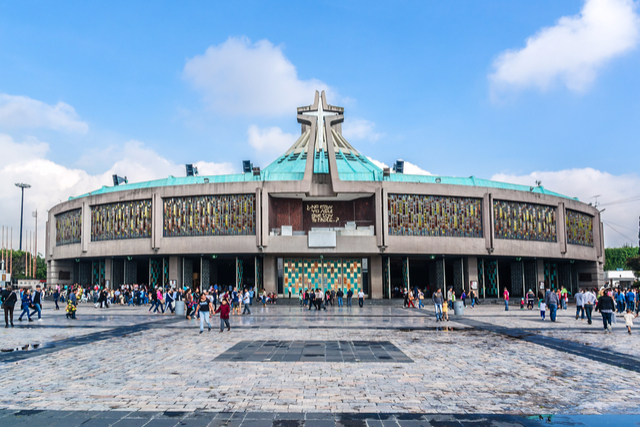
The Basilica of Our Lady of Guadalupe is the largest basilica in Norther America. The circular structure is 330 feet (100 m) in diameter. It has a capacity to hold 10,000 people.
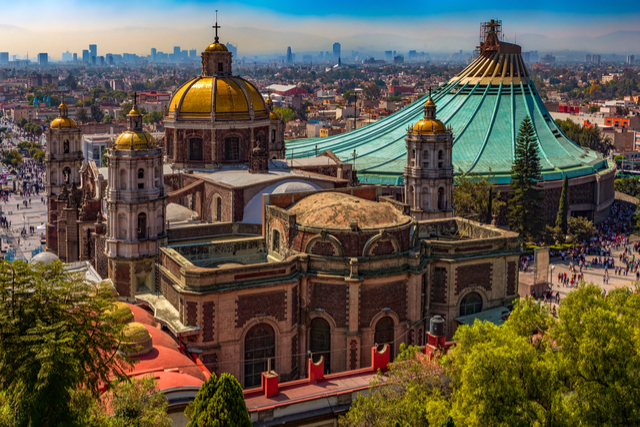
Visitors exploring the modern-day basilica can also marvel at the old basilica known as “Templo Explatorio a Cristo Rey, which is right next door. There are 9 chapels located on the upper floor. It features 7 front doors symbolizing the seven gates of Celestial Jerusalem.
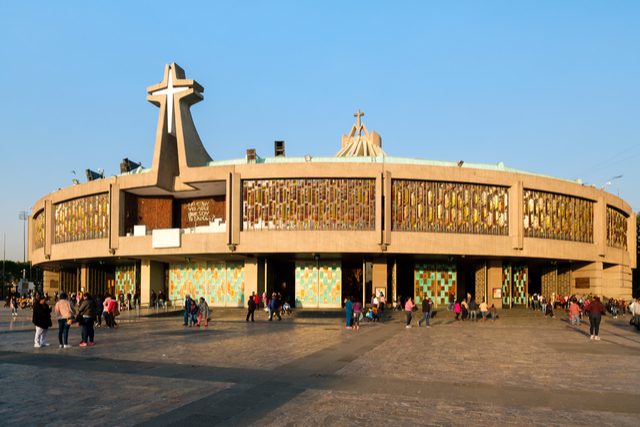
There are crypts, 15,000 niches and 10 chapels located under the main floor of the basilica. The original image of the Virgin of Guadalupe was moved from the old basilica to the new basilica.
CN Tower
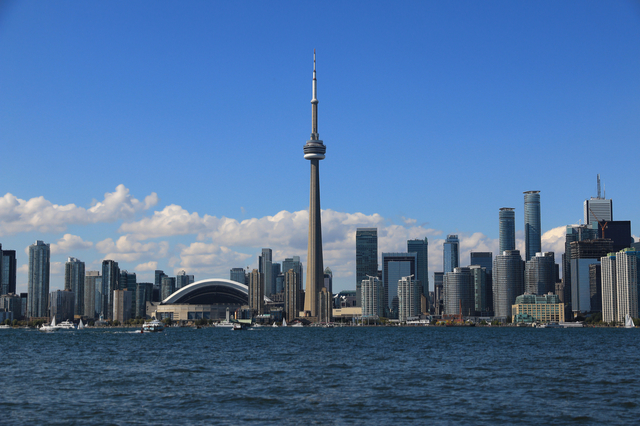
The CN Tower is a concrete communications and observation tower located in Toronto, Canada. It reaches a height of 1,815.3 feet (553.3 m) making it the tallest free-standing structure in North America. It is the tallest tower in North America and the third tallest tower globally.
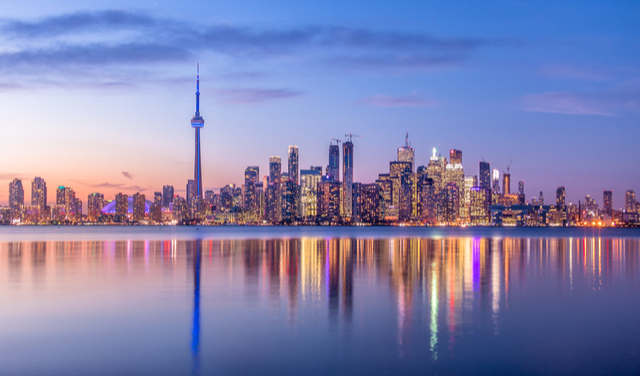
CN Tower construction was completed in 1976. The name is derived from Canadian National, the Canadian railway company. The American Society of Civil Engineers recognized the grandeur of the tower and declared it as one of the Seven Modern Wonders of the World.
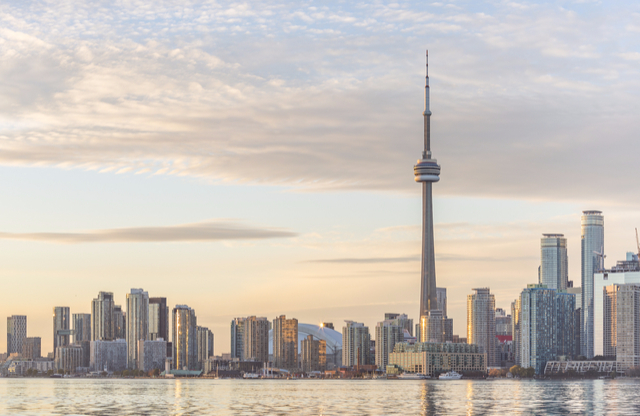
The roof reaches a height of 1,500 feet (457.2 m) with the top floor occurring at 1,464,9 feet (446.5 m). It is the equivalency of a 147-story building. Although intended for emergency use only, a metal staircase extends 1,776 steps to the main deck and then another 2,579 steps making it the tallest metal staircase in the world adding to its statistical significance.
Gateway Arch
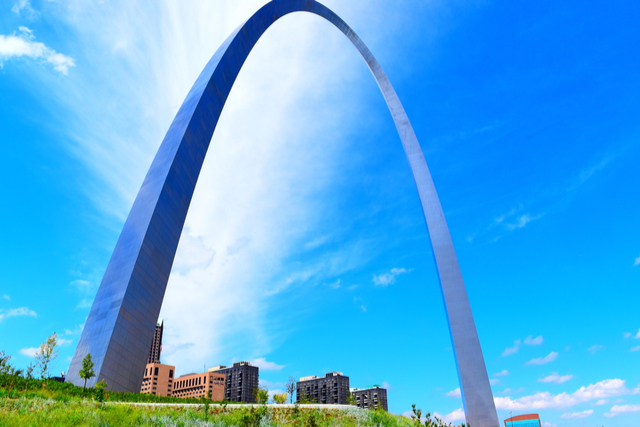
The Gateway Arch is a 630-foot (192 m) arch monument located in St. Louis, Missouri. It is the world’s tallest arch and the tallest man-made monument in North America. It is also the tallest stainless-steel monument in the world.
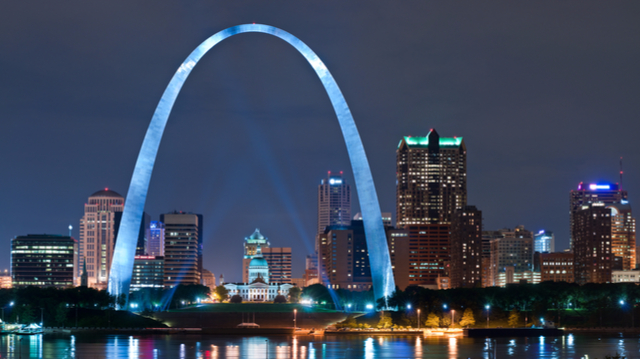
The Gateway Arch was constructed to symbolize the western expansion of the United States. Construction began in the early part of 1963 and was completed on October 28, 1965. The arch runs along the bank of the Mississippi River.
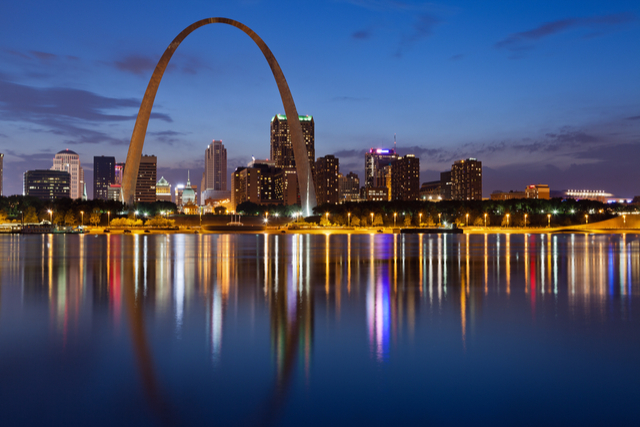
The amount of stainless steel used in the construction remains the most ever used for one building project. An observation area is located at the top of the arch measuring 65 feet (20 m) long and 7 feet (2.1 m) wide. It can only hold up to 160 people at one time, which is the equivalent to four tram car loads.
To reach the top by foot, visitors would need to climb 1, 076 steps, however these are only used for emergency purposes.
Great Pyramid of Cholula
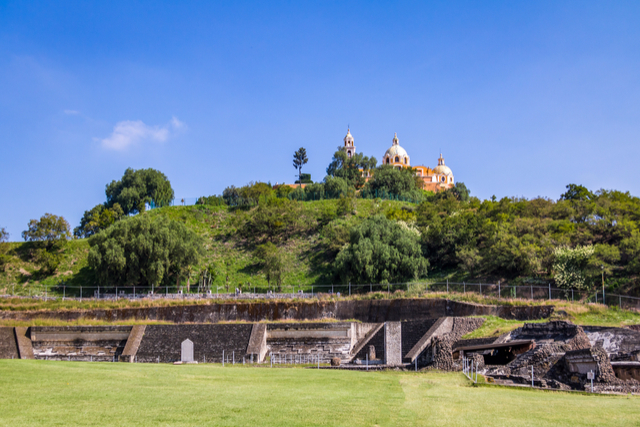
The Great Pyramid of Cholula, also called Tiachihualtepeti, is a massive complex found in Cholula, Mexico. It is the largest archaeological site of a temple in the New World, as well as the largest pyramid in the world. The pyramid was a temple erected to honor the god Quetzalcoatl.
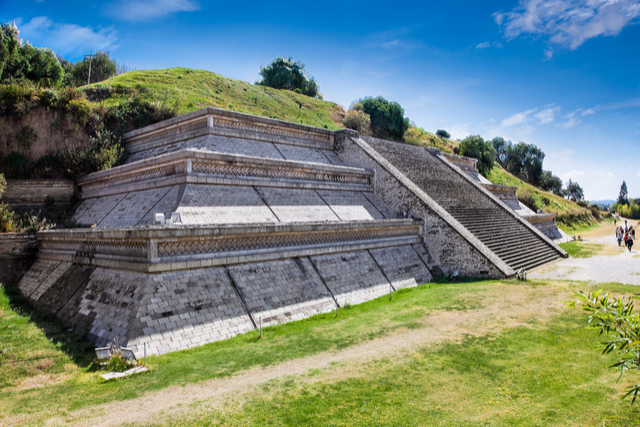
The Great Pyramid of Cholula reaches a height of 180 feet (55 m) above the surrounding plain. However, below the ground where the majority of the pyramid is found, it measures 1,300 by 1,300 feet (400 by 400 m).
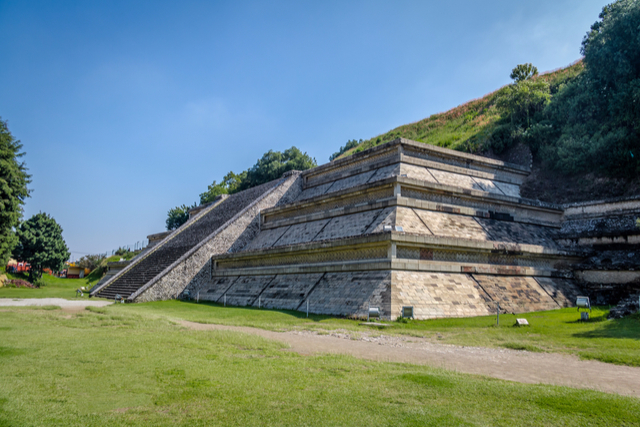
The Great Pyramid of Cholula has a base that measures 1,480 x 1,480 feet (450 x 450 m) with a total height of 217 feet (66 m). The Guinness Book of Records declares that it is the largest monument and largest pyramid every constructed anywhere in the world.
Although the Giza Pyramid is taller, the volume of Cholula is almost twice as much as the Great Pyramid of Giza in Egypt.
Library of Congress
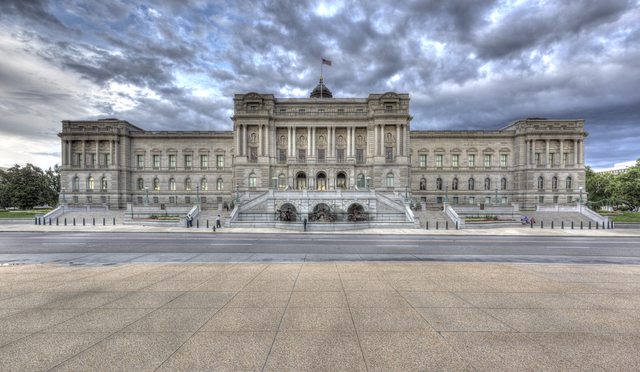
The Library of Congress is a research library supporting the Congress of the United States. It is the “national library” of the United States, and it is the oldest federal cultural institution in the United States.
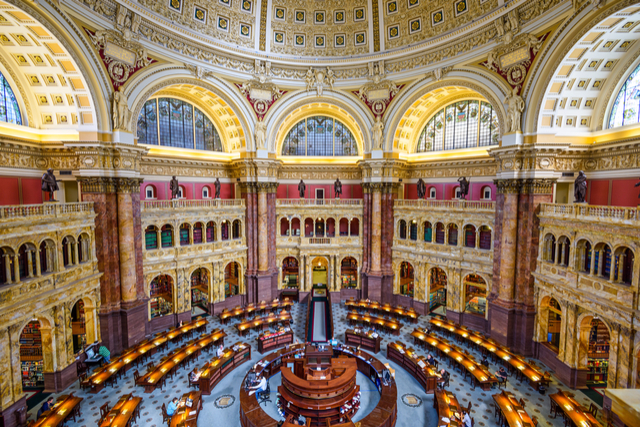
The Library of Congress holds the distinction of being the largest library in the world. It is comprised of more than 38 million books, 3.6 million recordings, 14 million photographs, 5.5 million maps, 8.1 million sheets of music, and 70 million manuscripts.
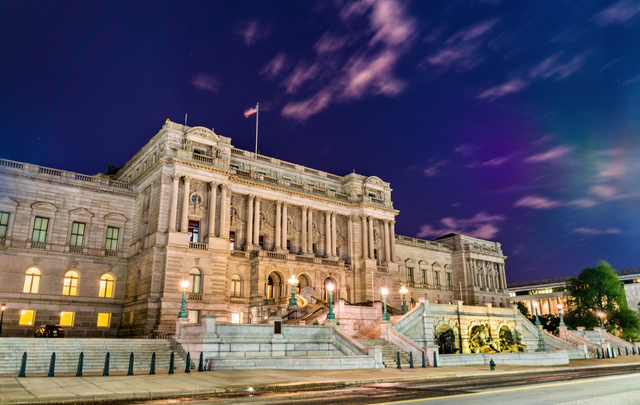
There are more than 164,000,000 different items housed inside the Library of Congress. It contains research material in more than 450 languages. Although it is open to the public, visitors may not check out books, which is a privilege reserved for high ranking officials.
One World Trade
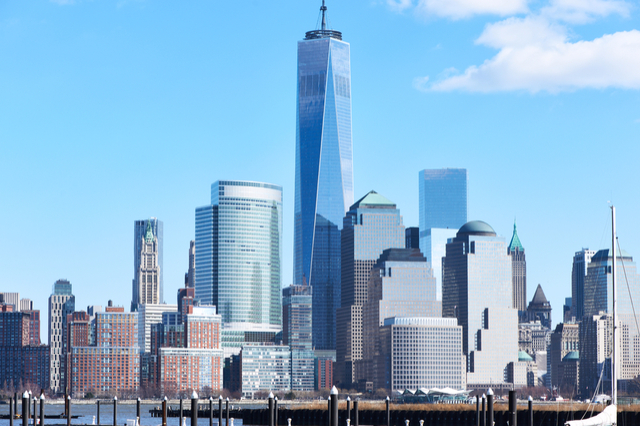
One World Trade Center, also known as 1 WTC or Freedom Tower, is the primary building of the rebuilt World Trade Center complex. It is the tallest building in North America, and the 6th tallest building in the world.
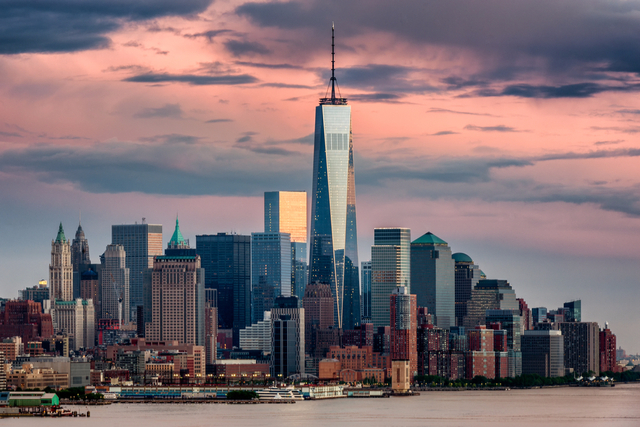
One World Trade Center reaches a height of 1,792 feet (546.2 m), with the top floor occurring at 1,268 feet (386.5 m). There is an observatory at 1,254 feet (382.2 m) providing a spectacular view of New York City. The building has 3,501,274 square feet (325,279 sq. m) of floor space through 104 floors plus five additional floors that are underground.
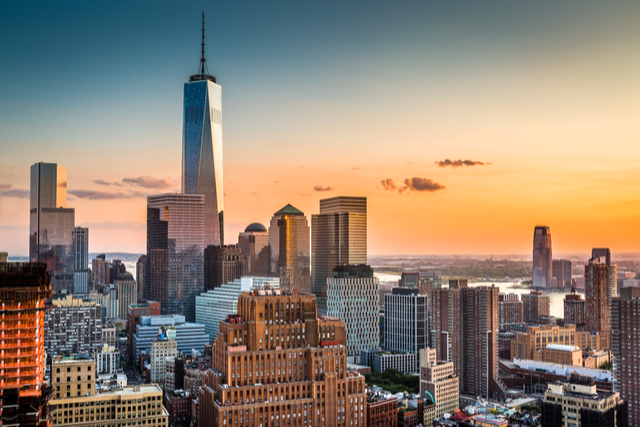
One World Trade Center is also the epitome of triumph symbolizing the rebuilt achievement after the original world trade center towers were destroyed by terrorists September 11, 2001. Construction surpassed the Empire State Building on April 30, 2012.
Panama Canal
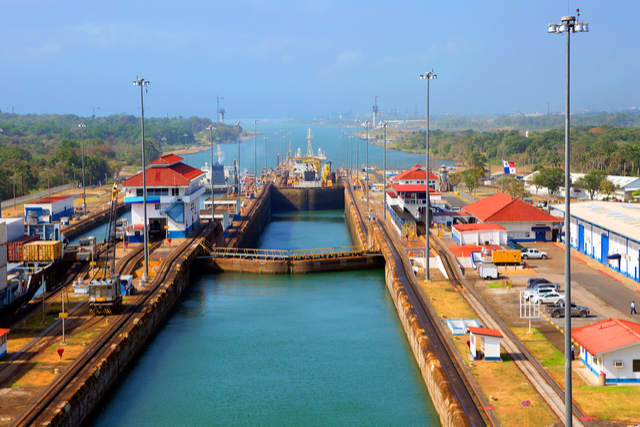
The Panama Canal is an artificial waterway that stretches 48 miles (77 km) to connect the Atlantic Ocean with the Pacific Ocean. Canal locks are located at each end to lift ships up to Gatun Lake, which is an artificial lake created to limit the amount of excavation needed to create the canal.

Construction from the Americans required an excavation of more than 170,000,000 cubic yards of material, which was in addition to the 30,000,000 cubic yards excavated by the French. The Gatun Dam and subsequent Gutan Lake were both the largest in the world at the time of construction. Surface area extends 164 square miles (425 sq km).
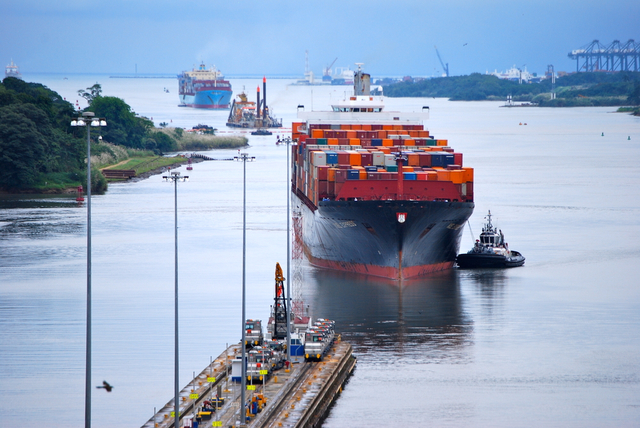
The American Society of Civil Engineers have designated the Panama Canal as one of the Seven Wonders of the Modern World. Annual ship traffic has increased from 1,000 ships in 1914 to over 800,000 in 2012. Every time a ship transits the canal, 53,400,000 gallons of water passes from the lake to the sea. This is the greatest volume of water movement manipulated by humankind.